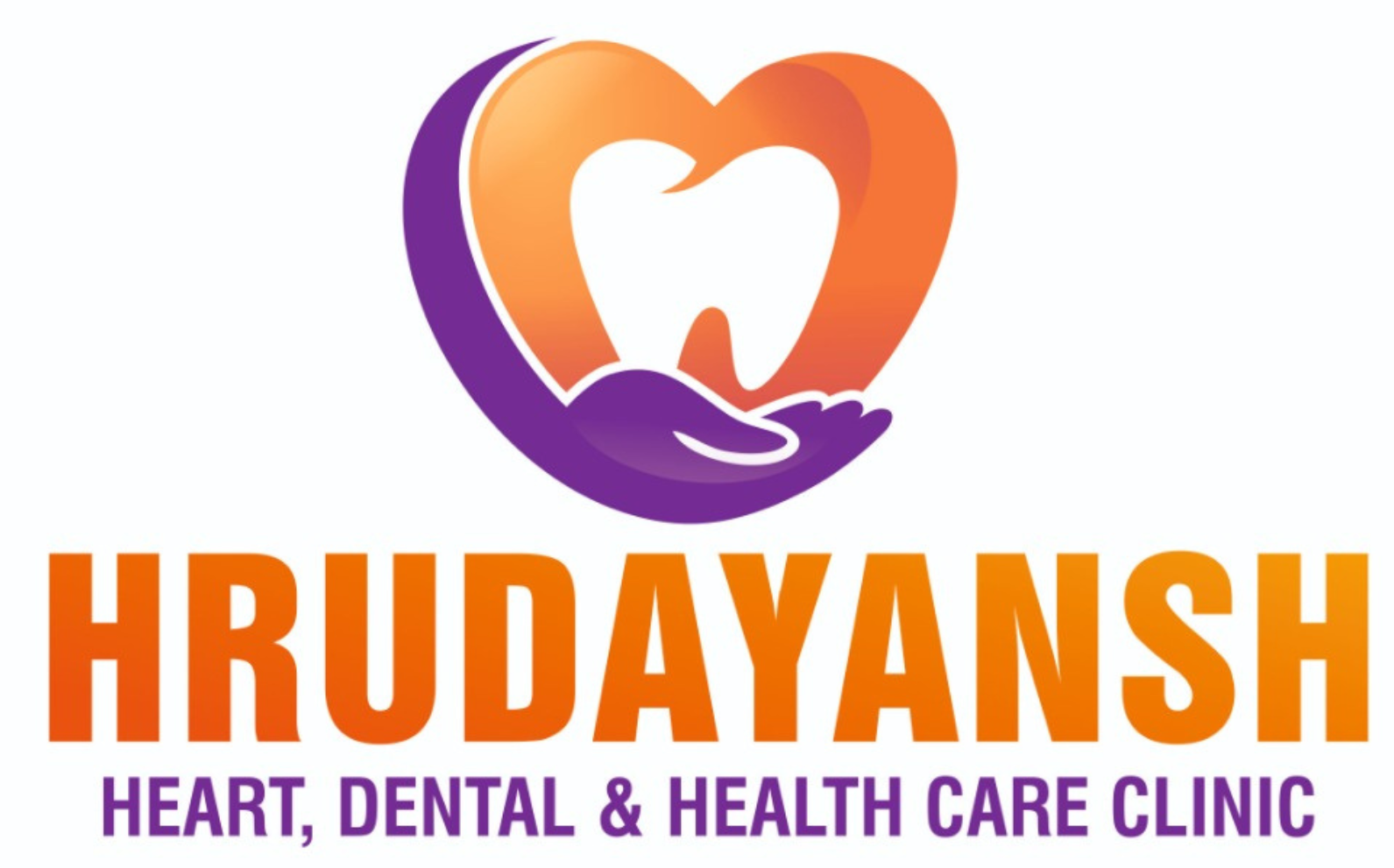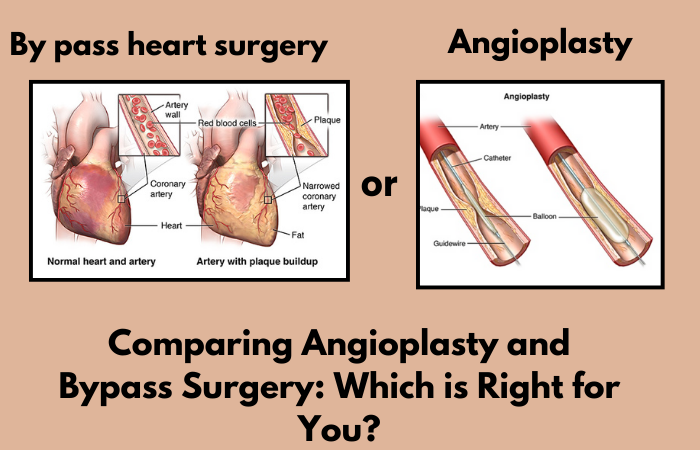Cardiovascular diseases are among the leading causes of mortality worldwide. If you’ve been diagnosed with coronary artery disease (CAD), your doctor might suggest either angioplasty or bypass surgery. But how do you decide which is the best option for you? Let’s dive into the details of both procedures and understand their differences, benefits, and risks.
What is Angioplasty?
Angioplasty, also known as percutaneous coronary intervention (PCI), is a minimally invasive procedure used to open blocked or narrowed arteries. It involves inserting a catheter with a small balloon at the tip into the affected artery. Once in place, the balloon is inflated to widen the artery, often accompanied by the placement of a stent to keep it open.
Benefits of Angioplasty:
- Minimally Invasive: No major incisions, leading to quicker recovery.
- Shorter Hospital Stay: Most patients are discharged within a day or two.
- Immediate Symptom Relief: Rapid improvement in blood flow reduces chest pain (angina) and breathlessness.
- Lower Risk of Complications: Compared to open-heart surgery, angioplasty has fewer risks of infection and complications.
Risks of Angioplasty:
- Restenosis: In some cases, arteries may narrow again despite stent placement.
- Blood Clots: Can form around the stent, leading to further blockage.
- Not Suitable for Severe Blockages: If multiple arteries are blocked, angioplasty may not be the best choice.
What is Bypass Surgery?
Coronary artery bypass grafting (CABG) is a surgical procedure used to treat severe coronary artery disease. It involves creating a new route for blood flow by grafting a healthy artery or vein from another part of the body to bypass the blocked coronary artery.
Benefits of Bypass Surgery:
- Effective for Multiple Blockages: Best for patients with complex CAD or severe artery narrowing.
- Long-Term Solution: Offers lasting benefits compared to angioplasty, reducing the need for repeat procedures.
- Reduced Risk of Heart Attack: Bypass surgery can significantly lower the chances of future cardiac events.
Risks of Bypass Surgery:
- Major Surgery: Requires general anesthesia and an extended hospital stay.
- Longer Recovery Time: Full recovery may take several weeks to months.
- Higher Initial Risk: Includes risks like infection, blood clots, and stroke.
Which Procedure is Right for You?
The decision between angioplasty and bypass surgery depends on several factors, including:
- Severity and Location of Blockages: If you have single or minor blockages, angioplasty may be sufficient. For multiple or complex blockages, bypass surgery is recommended.
- Overall Health Condition: Patients with diabetes, weak heart function, or extensive coronary disease often benefit more from bypass surgery.
- Recovery Preference: If you prefer a shorter recovery time, angioplasty might be a better choice.
Consult a Cardiologist in Baner for the Best Advice
Choosing the right treatment requires expert guidance. If you’re in Baner and seeking the best cardiac care, consult Dr. Digvijay D. Nalawade at Hrudayansh Clinic, a highly experienced cardiologist in Baner. He can assess your condition and recommend the most suitable treatment plan to ensure your heart health.
Don’t wait—prioritize your heart health today!




